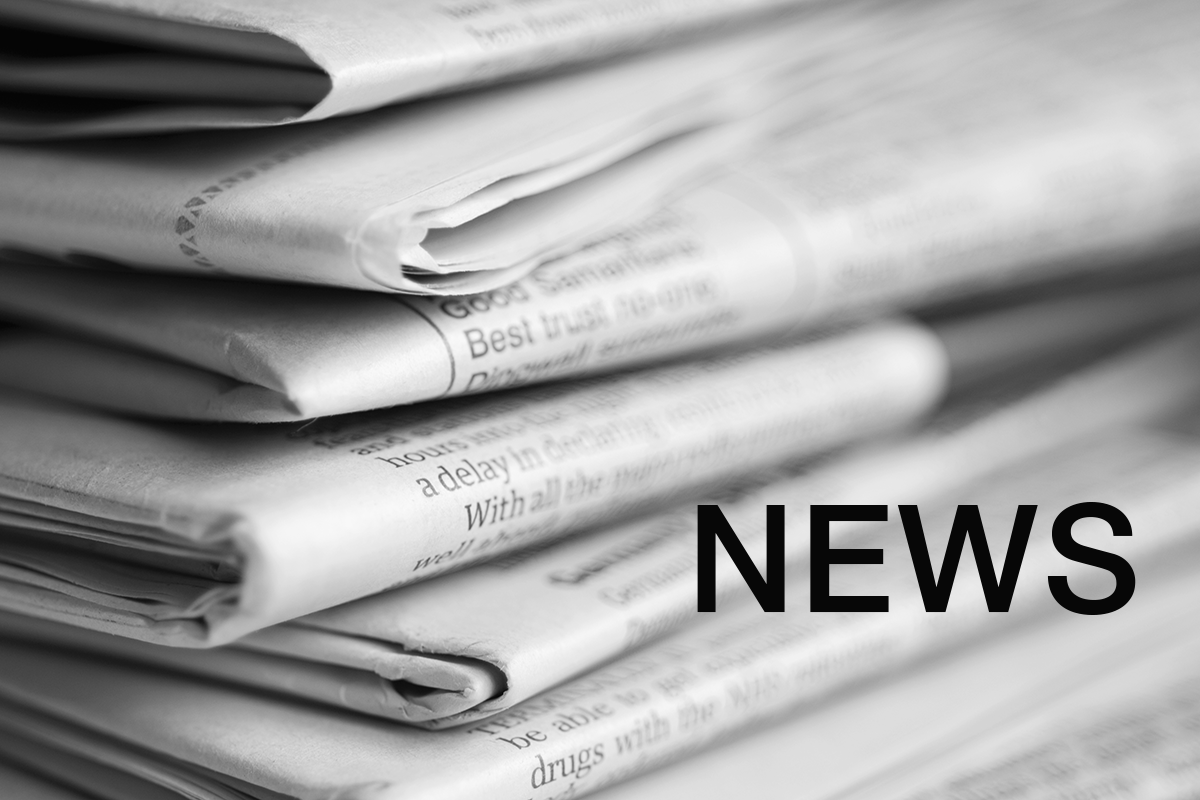Study Finds Trail Running Increases Risk of Beard by 400%
/Depositphotos.com
Regular trail running may come at a cost, according to new research that finds it increases a runner’s risk of beard by 400 percent. The findings, from a team at the University of La Grange, are published in this week’s issue of the Pacific Northwest Journal of Hirsuteness.
“We knew there was a correlation between trail runners and facial hair,” said Elwood Francis, Ph.D. “We were less sure, until now, about causation—and just how pronounced the effect might be.”
Francis said he and his team were “stunned” by the fourfold increase in risk.
“That was quite a surprise,” he said. “The last time we saw numbers like that was when we studied hipsters back in the ’90s.”
The new study followed 320 healthy, active male runners. Half were assigned to run trails mostly or exclusively; the other half were instructed to avoid trails completely. The researchers noticed differences almost immediately.
“The trail group grew beards quickly and seemingly spontaneously,” Francis said. “In a few particularly enthusiastic subjects, the beards appeared virtually overnight.”
The study attributed the phenomenon to hyperactive stoke glands in the trail running group.
COURTESY University of La Grange
“We all have stoke glands, tiny organs that produce and release stoke, surrounding every hair follicle,” Francis explained. “Among our trail runners, however, their stoke glands were unusually large and active, encouraging hair growth.”
Francis said he’s unsure why such growth would be localized to the face, rather than affecting all body hair. Another mystery is how, if at all, these findings might apply to women.
“Those questions,” he said, “may require further research.”




